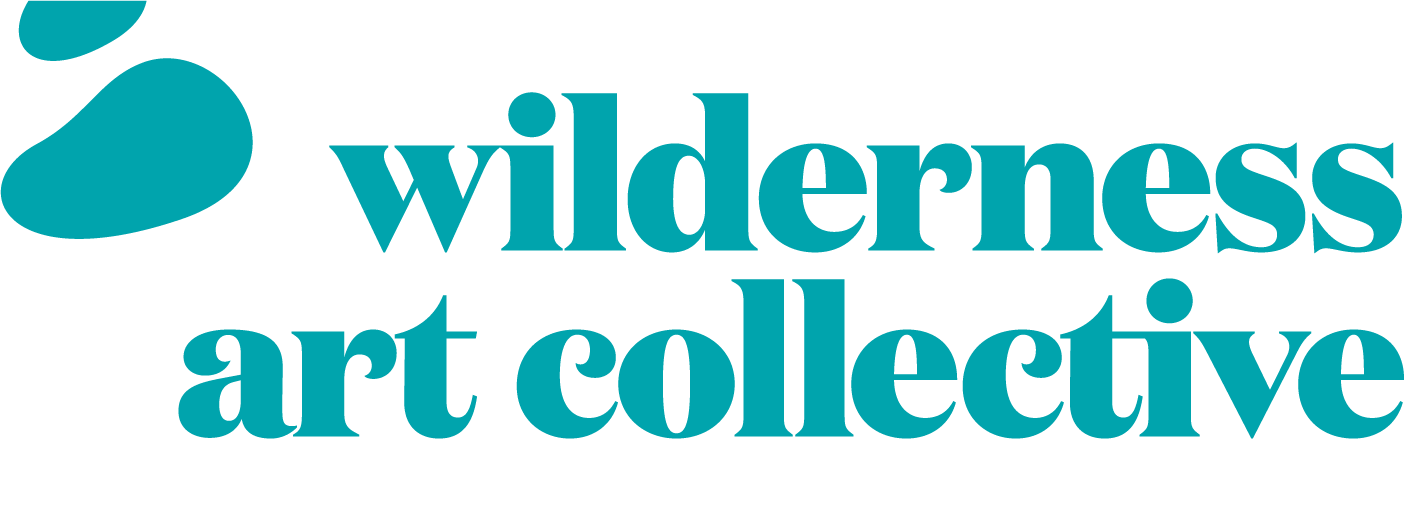In Memoriam - Brian Thompson
Brian Thompson 1950-2024
Professor Brian Thompson was born in 1950 in Tingley, West Yorkshire. He graduated from The University of Newcastle in 1975 with an MFA in Sculpture. He was been awarded numerous prizes including: the Pernod and the Peter Stuyvesant Art Prize. His work has been seen through exhibitions, collections and lectures in Europe, Australia, USA and Asia including: The Inaugural Exhibition YSP, The Condition of Sculpture, Hayward Gallery London; The Paris Biennale; The British Art Show; Sculpture Trails Museum, Indiana; Museum of Steel Sculpture, Ironbridge; House of the Artist Moscow; The Guandong Museum of Art, China and The Kakimori Bunko, Itami, Japan. He was a pioneer of practice-based doctorates in Art & Design being Director of Studies for one of the first PhDs in Sculpture in 1992. He was Professor and Associate Dean for Research, Resources and External Engagement at the University of Sunderland where he was a founder member of the Walking, Art, Landskip and Knowledge research group. Since 2013 he held the award of Professor Emeritus.
As a member of The Wilderness Art Collective (W.A.C.) he was a frequent exhibitor.
His work is topographical in nature and brings together two themes; a physical engagement with landscapes through walking and invention in the craft of making sculptures and prints. He had a concern about how we map, record and value landscape through notions of the “picturesque” and through revisiting the methodologies of the Romantic Poets – which included walking. He was interested in how journeys inspire and explore landscapes, man-made or otherwise and why paths build over many generations. These journeys show the topography of the world, reveal something of its history and give insights into how we come to know and navigate our world. A significant part of the work is the approach to form and the considered use of colour, materials and associated processes. Sometimes these become ‘patterns’ for casting or constructions in materials relevant to the location such as wood, paper, iron, glass, bronze, porcelain or lead. The work serves as records, memories, souvenirs and sometimes trophies.
Brian had a studio in North Yorkshire where his wife Jane still lives.
The journeys he worked with are recorded through tracings from maps, photographs or GPS - the track of the walk or route of the river provides the line from which the sculptures are made. The making process is important; shaping through the cutting, layer upon layer, of the material of the “patterns”. This built a sense of time into the work and revealed something of the history of the making. The selection of material, texture and colour significantly came from the experience of the journey. Sometimes these became castings or painted constructions in materials relevant to the location; such as wood, paper, iron, glass, bronze, stone or lead. The prints bring together this collected information about the walk together with its “views” - using photographic records, maps and memories of the event trying to gain a collaged portrait of the experience of the walk.
The prints and sculptures serve as diary records, memories, souvenirs and sometimes trophies.




